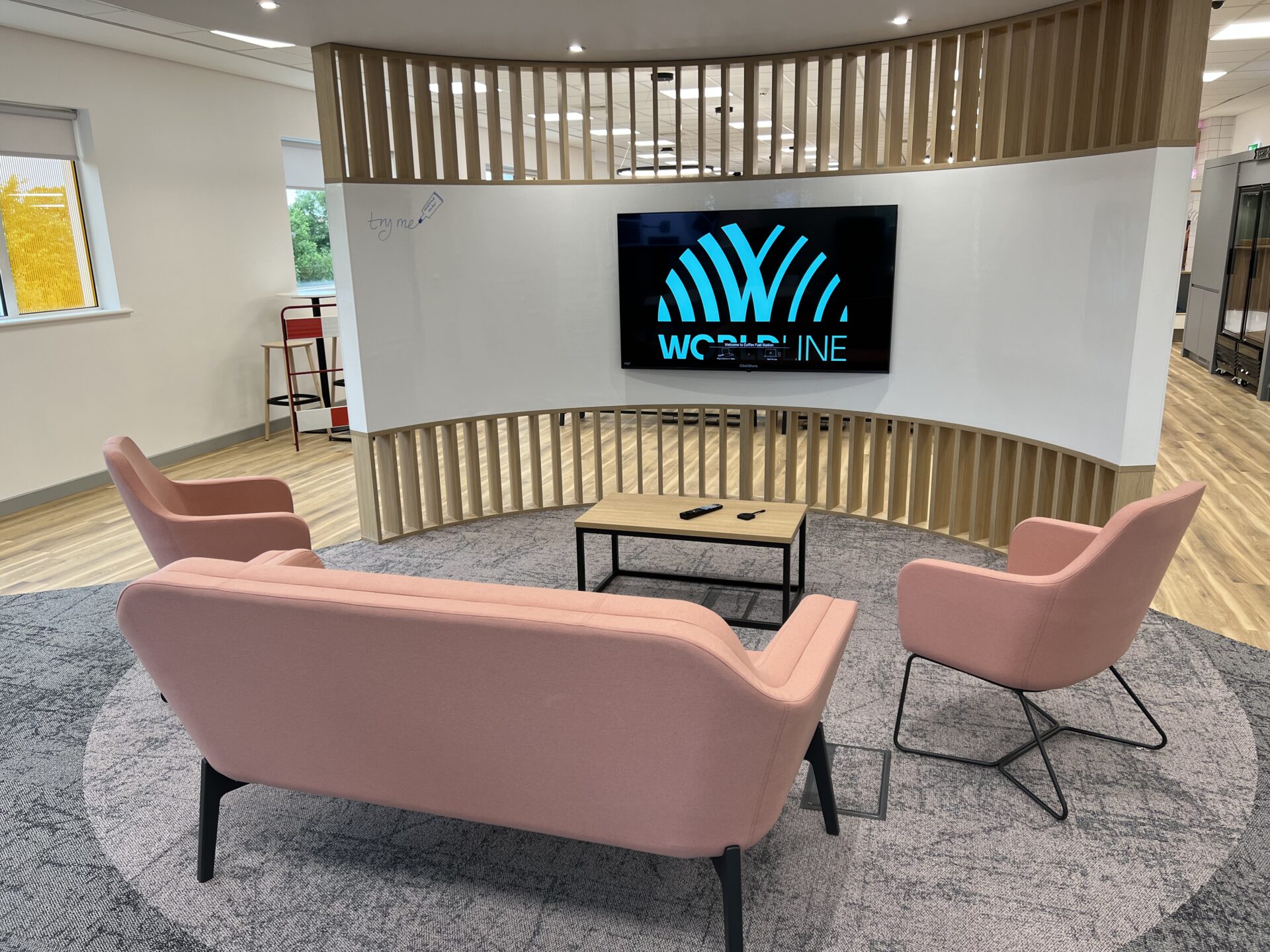As the world continues to speed up, businesses are under more pressure than ever to be agile, productive, and responsive. The good news is there are plenty of Smart tools around that make things a little easier.
Whether you’re a small business or a large organisation, investing in the right technology can significantly improve workplace efficiency, saving time, and helping day-to-day operations to flow more smoothly.
Here are our recommendations for a more efficient workplace:
1. Invest in Smart Meeting Rooms
Smart meeting room tools like video conferencing systems, wireless presentation suites, interactive displays, and room scheduling panels can transform how teams collaborate.
They help to eliminate technical issues by streamlining meeting set up and increase meeting productivity by facilitating the quick and easy sharing of content. Excellent video and audio quality also ensues that everyone has an equal seat at the table, which enhances meeting participation.
2. Automate Routine Tasks
Automation frees up your team’s time for high-value activities, taking away manual touch points and the risk of human error.
Smart software tools, including project management tools (e.g. Monday.com, Asana) and workflow automation tools (e.g. Zapier, Microsoft Power Automate), can automate everything from scheduling to approvals.
3. Use Smart Workplace Management Tools
Smart tools can also help you optimise the use of your physical workplace. Desk booking systems make hotdesking simple. Room occupancy sensors make it easy to monitor space usage and save energy costs by shutting down rooms or even entire floors when they are not in use. Digital signage can be used to deliver real-time live data and information to your entire workforce when strategically located in high footfall areas.
These technologies not only make life easier but also give decision-makers valuable insights into how their workplace is being used.
4. Keep Teams Together on the Move
Cloud-based collaboration platforms such as Microsoft 365, Slack, and Google Workspace make it possible for teams to work anywhere. With collaborative document access, real-time editing, and mobile-first interfaces, these platforms make remote and flexible work easy.
5. Prioritise Simplicity and User Experience
By ensuring that workplace tools are simple and easy to use, your employees will be more willing to adopt them. That’s why user-friendly design and good user-training are important. When you’re introducing new technology it is essential to ensure that it seamlessly integrates with the systems you currently have and that you have access to the right expertise to help your employees get up and running with it.
Final Thoughts
Intelligent workplace technology is about smarter working. By carefully embedding the right technical solutions for your business into your daily routine, you will be able to cut down on inefficiencies, improve communication, and have a workplace that supports productivity on all levels.
Contact us if you’d like more guidance on how to create a smarter workplace: info@tecinteractive.co.uk.
